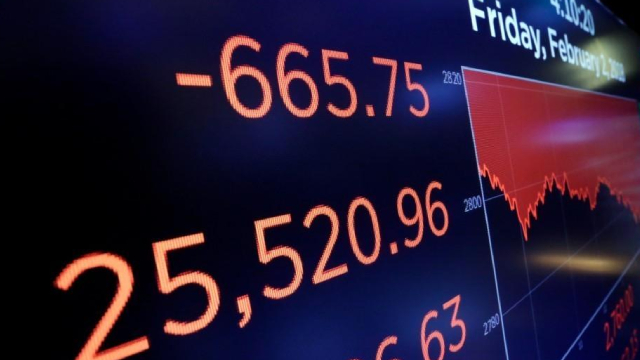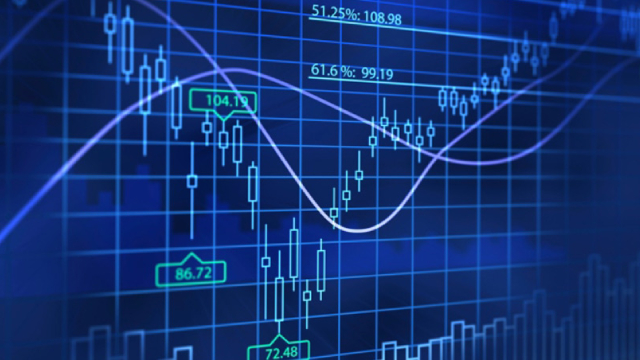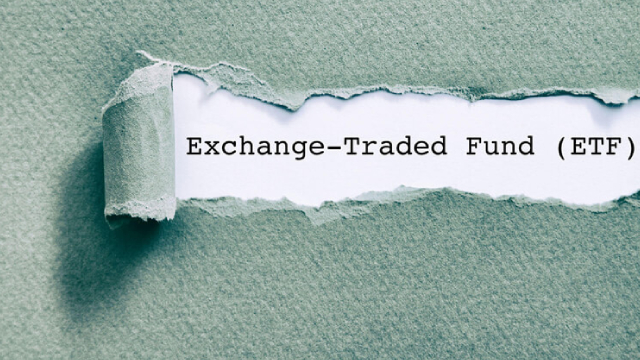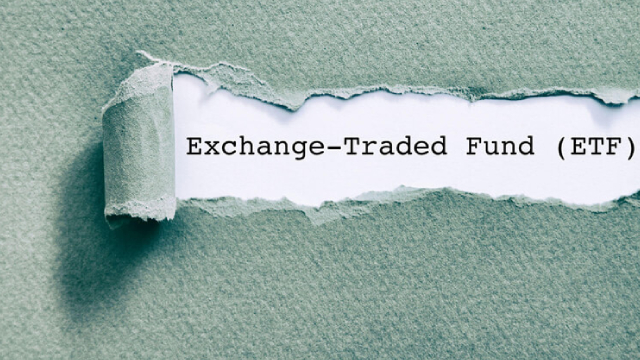
Vanguard High Dividend Yield ETF (VYM)

Should Vanguard High Dividend Yield ETF (VYM) Be on Your Investing Radar?
Designed to provide broad exposure to the Large Cap Value segment of the US equity market, the Vanguard High Dividend Yield ETF (VYM) is a passively managed exchange traded fund launched on 11/10/2006.

Why VYM Could Be the Reliable Dividend ETF You Need
Vanguard's High Dividend Yield Index Fund ETF Shares (VYM) has a history of delivering a balance of steady income and capital appreciation over the long term.

VYM Vs. SCHY: Don't Bet Against America And Buy VYM
Tariff developments since my last writing have led me to see an improved return/risk profile for VYM, especially when compared to international peers such as SCHY. VYM has historically outperformed SCHY and I expect such performance to continue for several reasons. The top reasons are VYM's more attractive growth-adjusted valuations, broader diversification, and U.S. market advantages.

VYM: Lagging Dividend Peers, Market Indexes, Sell This ETF
Vanguard High Dividend Yield Index Fund is rated a 'Sell' due to its lack of tech exposure and underperformance compared to peers. VYM's 2.93% dividend yield and 148% appreciation since inception are overshadowed by better-performing ETFs like VOO and SCHD. The Fund's 9.1% tech sector weighting and slower dividend growth make it less attractive for both dividend and market ETF investors.

VYM Vs SCHD: Why I Prefer Schwab's Dividend ETF Over Vanguard's
Two of the largest US dividend-focused ETFs are Vanguard's VYM and Schwab's SCHD. SCHD has a significantly higher dividend yield and historic dividend growth rate, along with better Seeking Alpha Dividend Grades among its top holdings. VYM's big advantage is that it is more diversified, though it still has 24% in its top 10 holdings, and at a cost of a significantly lower yield than SCHD.

Top 10 High-Yield Dividend Stocks To Consider In May 2025
Q2 2025 began with market volatility due to tariff announcements, resulting in SPY losing 0.87% and VYM declining by 3.54%. Since inception, my watchlist has a CAGR of 14.61%, outperforming SPY and VYM, and providing higher yields. The May 2025 watchlist includes 10 stocks with an average forward dividend yield of 3.59% and an expected return of 14.78%.

Is Vanguard High Dividend Yield ETF (VYM) a Strong ETF Right Now?
The Vanguard High Dividend Yield ETF (VYM) was launched on 11/10/2006, and is a smart beta exchange traded fund designed to offer broad exposure to the Style Box - Large Cap Value category of the market.

VYM: 3% Yield, Diversification And Growth
The Vanguard High Dividend Yield Index Fund ETF offers diversified exposure to high-yield, dividend-paying stocks, with significant holdings in Broadcom, JPMorgan Chase, and ExxonMobil. Previously rated a buy due to strong Finance sector performance, the ETF faces risks from potential federal fund rate cuts impacting financial institutions' net interest income. The ETF has achieved solid net asset value growth since 2006 and is growing its dividend at a rapid clip.

Want Stability During This Stock Market Chaos? This ETF Is Your Best Buy Now
Wild stock market gyrations like those we are experiencing now tend to cause investors to flee to safer, more stable investments.

Vanguard's High-Yield VYM ETF – 6 Stocks Driving Its Big Payouts
Investing isn't easy, and given the current market volatility, retail investors are on edge, worrying about their portfolios.

VYM: High Yield Still Yields Less Than Treasuries
Valuations remain historically high, despite recent market corrections, with the S&P 500 trading at 25x last year's earnings, well above the historical average of 16x. Investing in undervalued stocks with low multiples and high dividend yields, can mitigate risks, but Vanguard High Dividend Yield Index Fund ETF Shares' valuation is still elevated. Market cycles are lengthy, and current high valuations expose investors to the risk of multiple contraction, potentially dragging future performance.

5 Reasons Vanguard's High-Yield VYM ETF Is the Safest Bet Today
Vanguard ETF offers ultimate portfolio diversification and a high yield. VYM has performed better than S&P 500 and Nasdaq this year.







